Cats have been companions to humans for thousands of years. Known for their agility, independence, and prowess as hunters, cats have played varied roles throughout history, including an intriguing involvement in warfare. This article delves into the history of cats in warfare and their role in ancient armies, shedding light on these often-overlooked chapters of military history.
The Relationship Between Humans and Cats
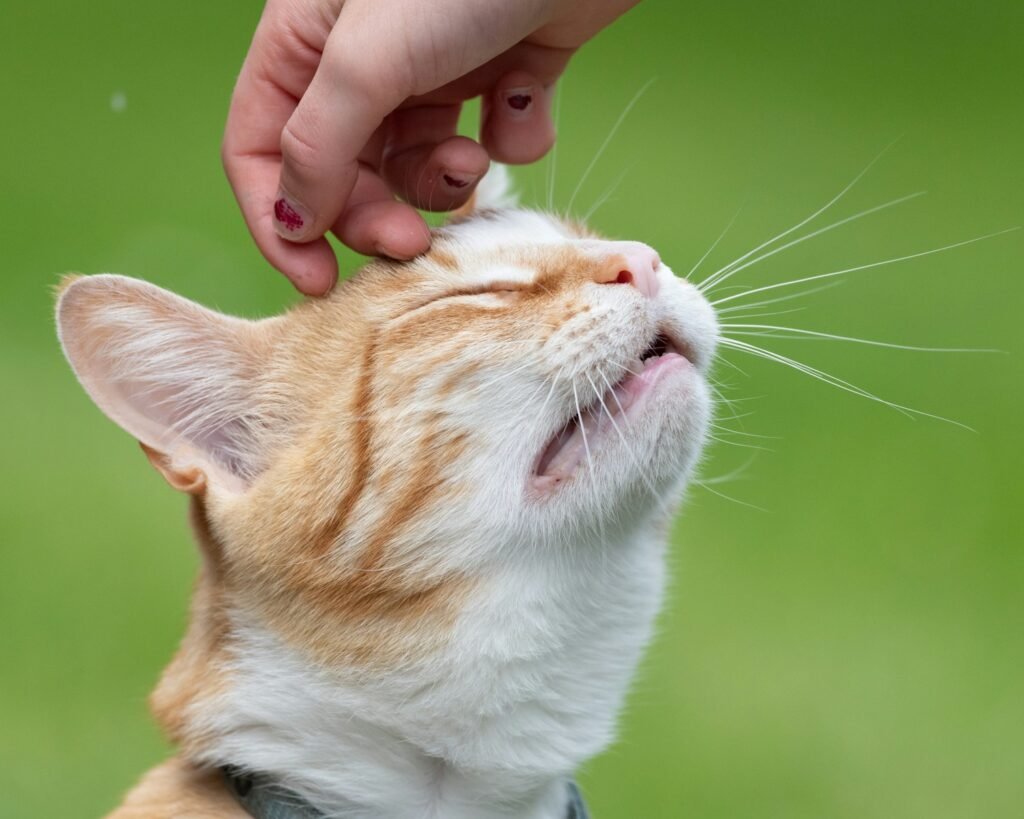
The symbiotic relationship between humans and cats dates back to ancient times. Cats were domesticated around 9,000 years ago, and their initial role was primarily pest control. Farmers appreciated cats for keeping rodents away from their grain stores, leading to a mutually beneficial relationship that extended well beyond the domestic sphere.
The Spiritual Significance of Cats in Ancient Cultures
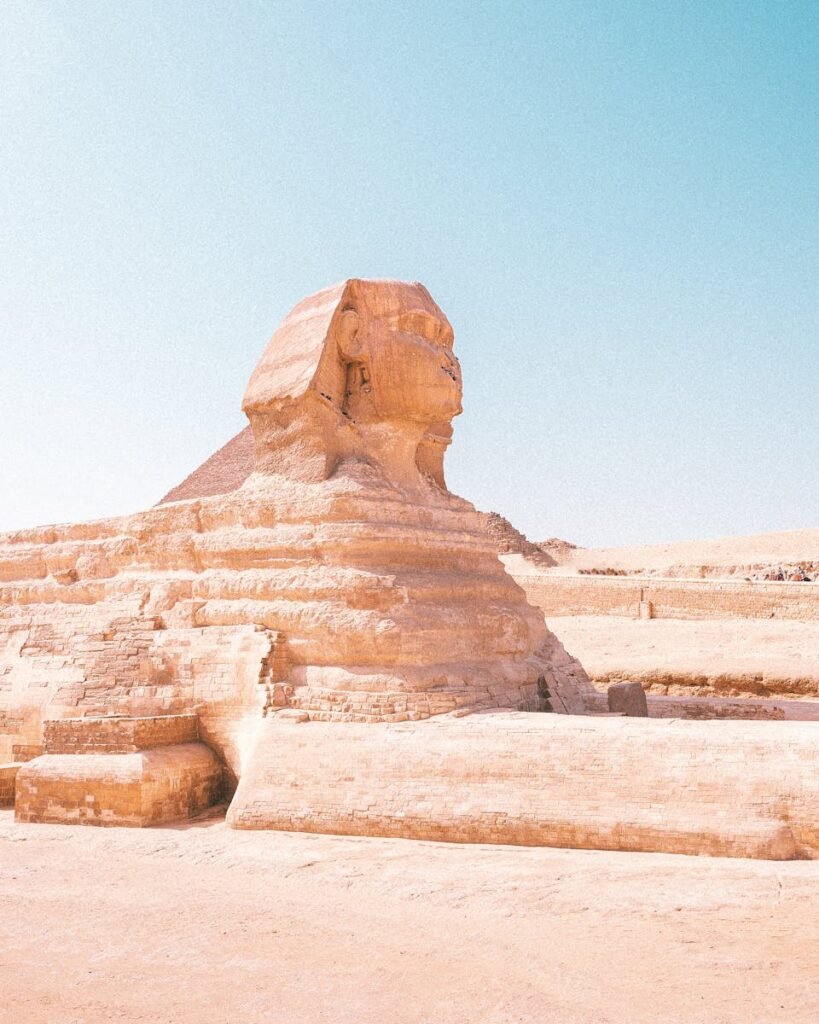
Cats held spiritual significance in several ancient cultures. In Egypt, for example, cats were revered and associated with deities like Bastet, a goddess depicted with the head of a lioness or domestic cat. They were believed to bring luck and protection, which made them significant cultural symbols and, eventually, participants in warfare.
Cats in Ancient Egypt’s Warfare
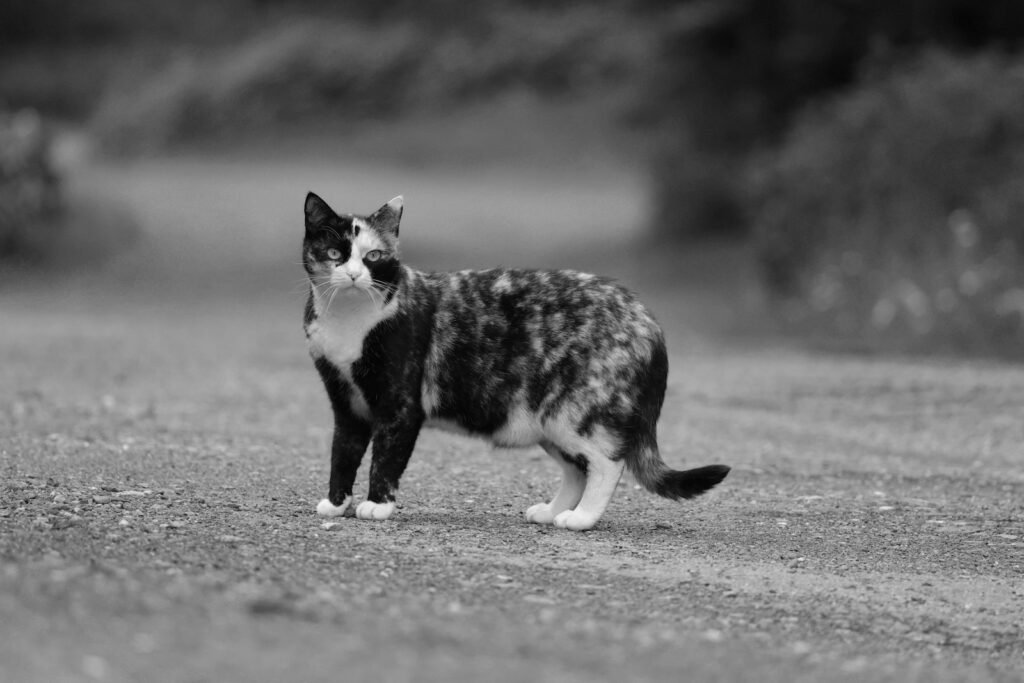
Ancient Egyptians not only revered cats but also utilized them in warfare. During battles, Egyptians placed cats and other sacred animals on the frontlines. Their enemy, knowing the sacred status of these animals, often hesitated to attack, providing Egyptians a tactical advantage. This unique form of psychological warfare highlights the strategic use of cats in combat situations.
Psychological Warfare and Cats
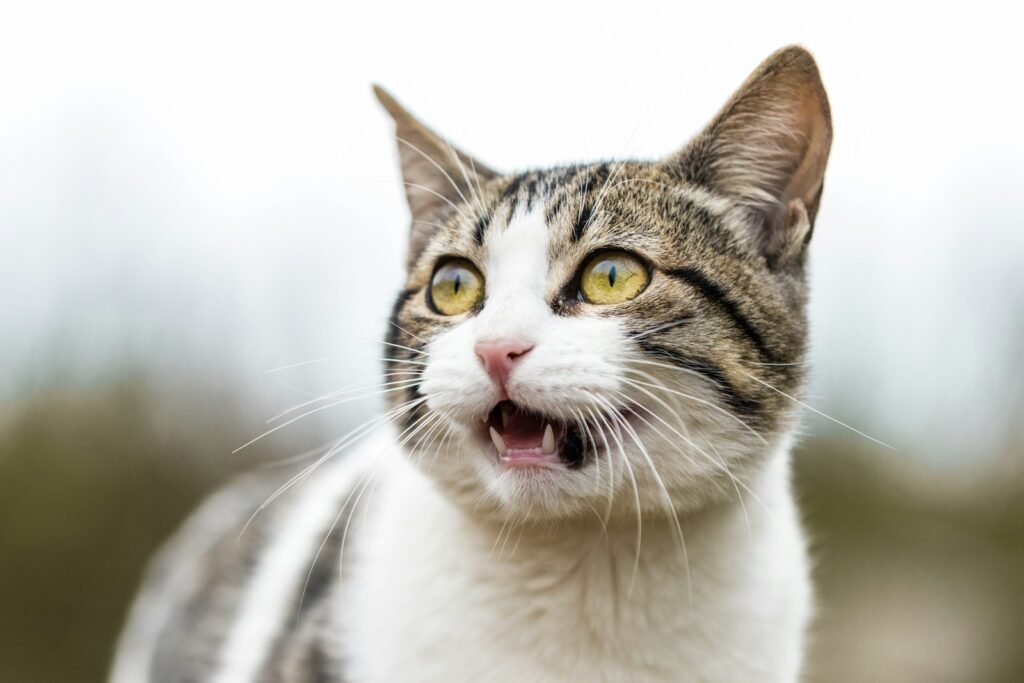
Cats’ roles in psychological warfare weren’t limited to the Egyptians. Other ancient armies recognized the demoralizing potential of harming or capturing these sacred animals. The fear of divine retribution deterred soldiers from engaging fully in battles where cats were present, showcasing their unique non-combatant influence in warfare.
Cats in Medieval Siege Warfare
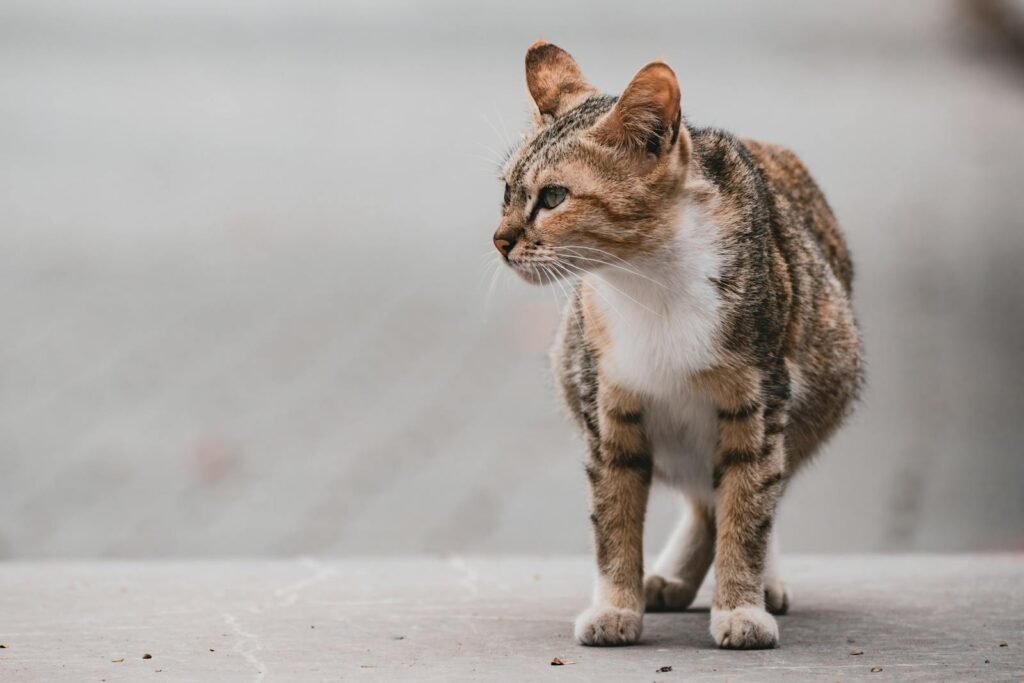
In medieval times, cats played a less strategic but still valuable role in siege warfare. Armies often faced the challenge of disease within besieged or besieging camps, much of which was carried by vermin. Cats helped control rat populations, thereby mitigating the spread of disease and improving the chances of maintaining a healthy fighting force.
The Defensive Role of Cats
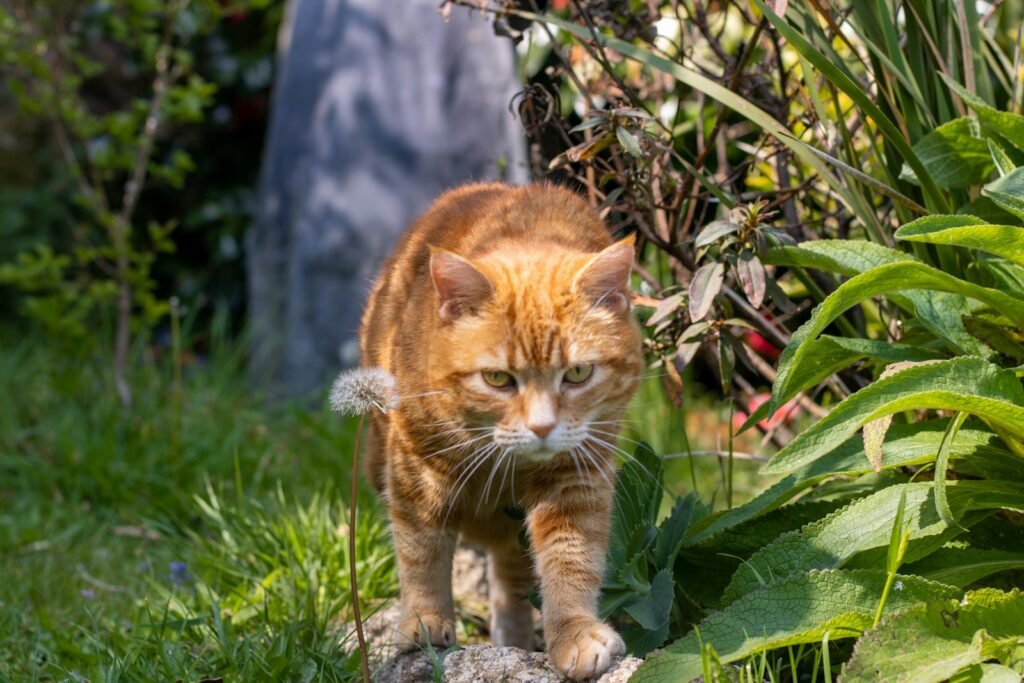
Beyond their offensive uses, cats were integral to the defense of cities and fortifications. Cats’ natural hunting abilities helped keep cities and stockpiles free of vermin, safeguarding precious food resources. This seemingly mundane role was crucial in helping ancient settlements endure long sieges or periods of conflict.
Symbolism and Morale

Beyond tactical uses, cats served as symbols within military contexts. They were seen as emblems of agility, independence, and vigilance. Additionally, the presence of cats among soldiers or in camps could provide a sense of normalcy and comfort, boosting morale during stressful campaigns.
Cats in Maritime Warfare
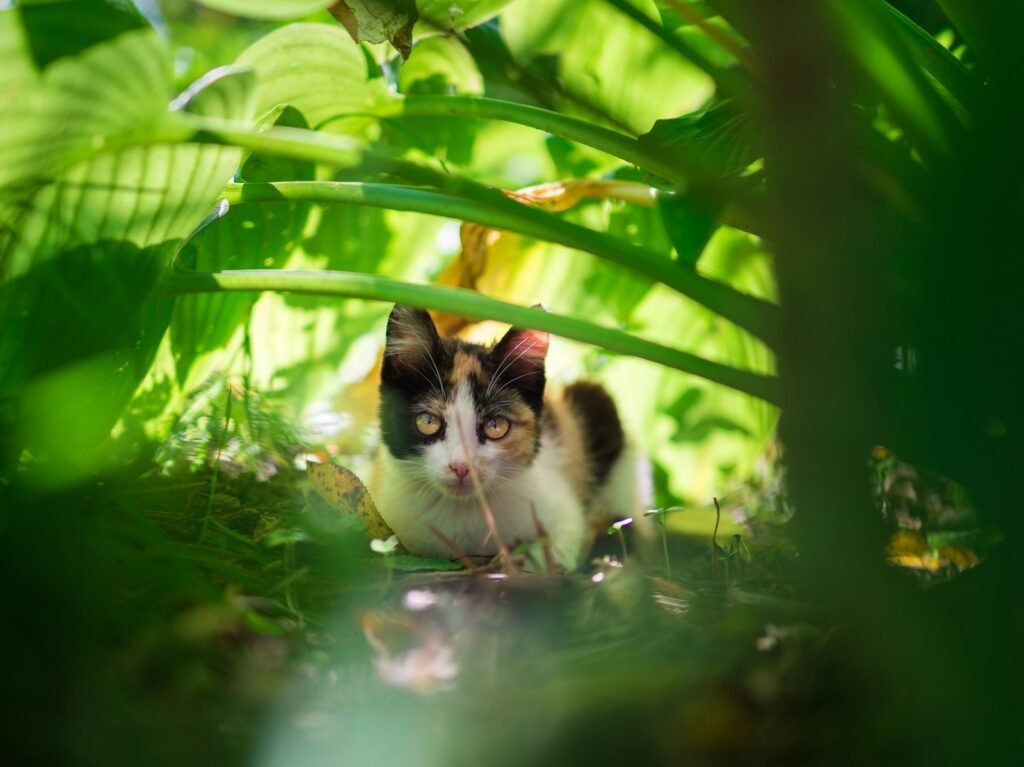
Cats were indispensable on naval vessels, where they controlled the rat populations that threatened food supplies and the integrity of ship ropes and wood. This function was crucial to the success of long maritime campaigns, where control over resource degradation directly influenced a fleet’s sustainability and operational capability.
Conclusion: Legacy of Cats in Warfare
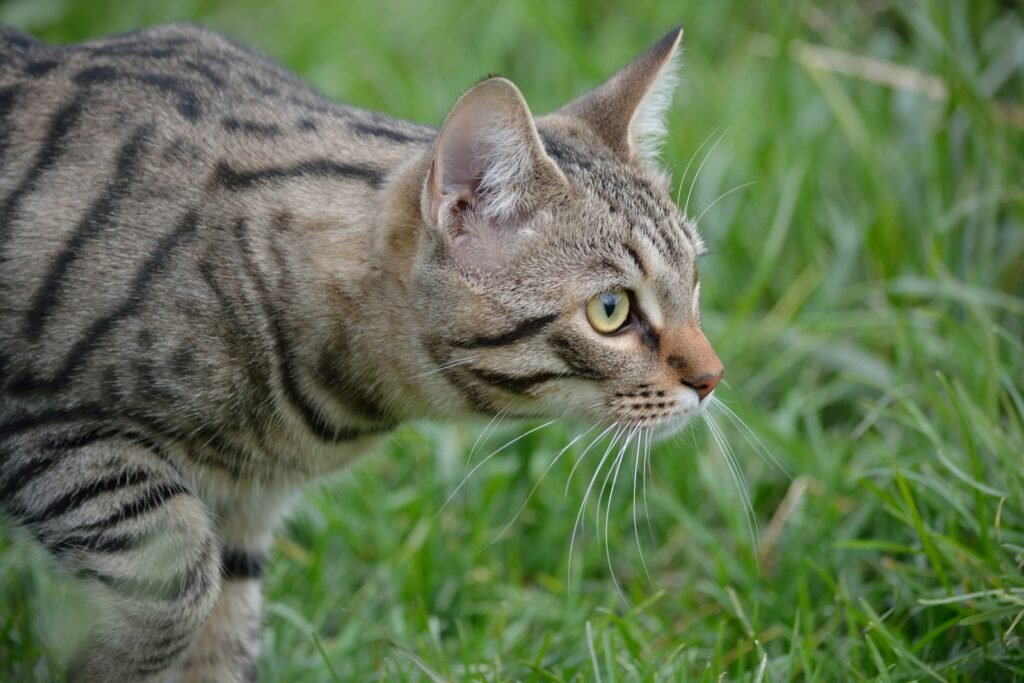
Cats have been silent aides in the history of warfare, influencing outcomes through their natural abilities, cultural symbolism, and psychological impact. While often overshadowed by their canine counterparts, cats have their unique legacy in military history, reflecting their adaptability and the enduring bond between humans and felines.
This exploration into the historical role of cats in warfare reveals not only their particular contributions but also the broader ways animals have intertwined with human history. As companions, protectors, and symbols, cats have proven themselves indispensable in various facets of human endeavor, including the inevitable conflicts that shape civilizations.

Growing up traveling and experiencing new cultures and wonders, I have had a passion for nature, adventuring, photography, and videography. I am currently working towards a BSc in Biodiversity and Ecology at Stellenbosch University, and I hope to specialise in Marine Sciences one day.
Please send any feedback to Feedback@animalsaroundtheglobe.com






